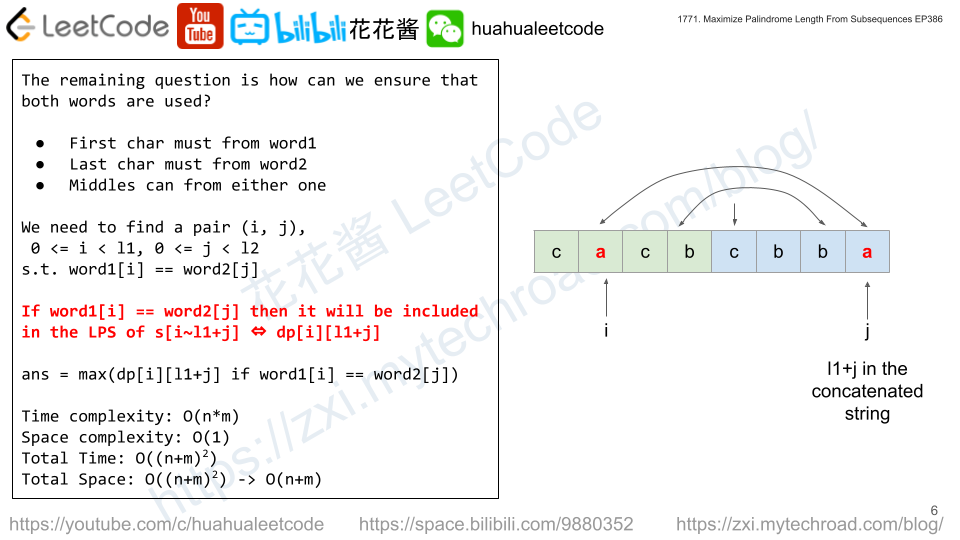You are given an array items, where each items[i] = [typei, colori, namei] describes the type, color, and name of the ith item. You are also given a rule represented by two strings, ruleKey and ruleValue.
The ith item is said to match the rule if one of the following is true:
ruleKey == "type"andruleValue == typei.ruleKey == "color"andruleValue == colori.ruleKey == "name"andruleValue == namei.
Return the number of items that match the given rule.
Example 1:
Input: items = [["phone","blue","pixel"],["computer","silver","lenovo"],["phone","gold","iphone"]], ruleKey = "color", ruleValue = "silver" Output: 1 Explanation: There is only one item matching the given rule, which is ["computer","silver","lenovo"].
Example 2:
Input: items = [["phone","blue","pixel"],["computer","silver","phone"],["phone","gold","iphone"]], ruleKey = "type", ruleValue = "phone" Output: 2 Explanation: There are only two items matching the given rule, which are ["phone","blue","pixel"] and ["phone","gold","iphone"]. Note that the item ["computer","silver","phone"] does not match.
Constraints:
1 <= items.length <= 1041 <= typei.length, colori.length, namei.length, ruleValue.length <= 10ruleKeyis equal to either"type","color", or"name".- All strings consist only of lowercase letters.
Solution: Brute Force
Time complexity: O(n)
Space complexity: O(1)
C++
|
1 2 3 4 5 6 7 8 9 10 11 |
// Author: Huahua class Solution { public: int countMatches(vector<vector<string>>& items, string ruleKey, string ruleValue) { return count_if(begin(items), end(items), [&](const auto& item) { return (ruleKey == "type" && item[0] == ruleValue || ruleKey == "color" && item[1] == ruleValue || ruleKey == "name" && item[2] == ruleValue); }); } }; |

